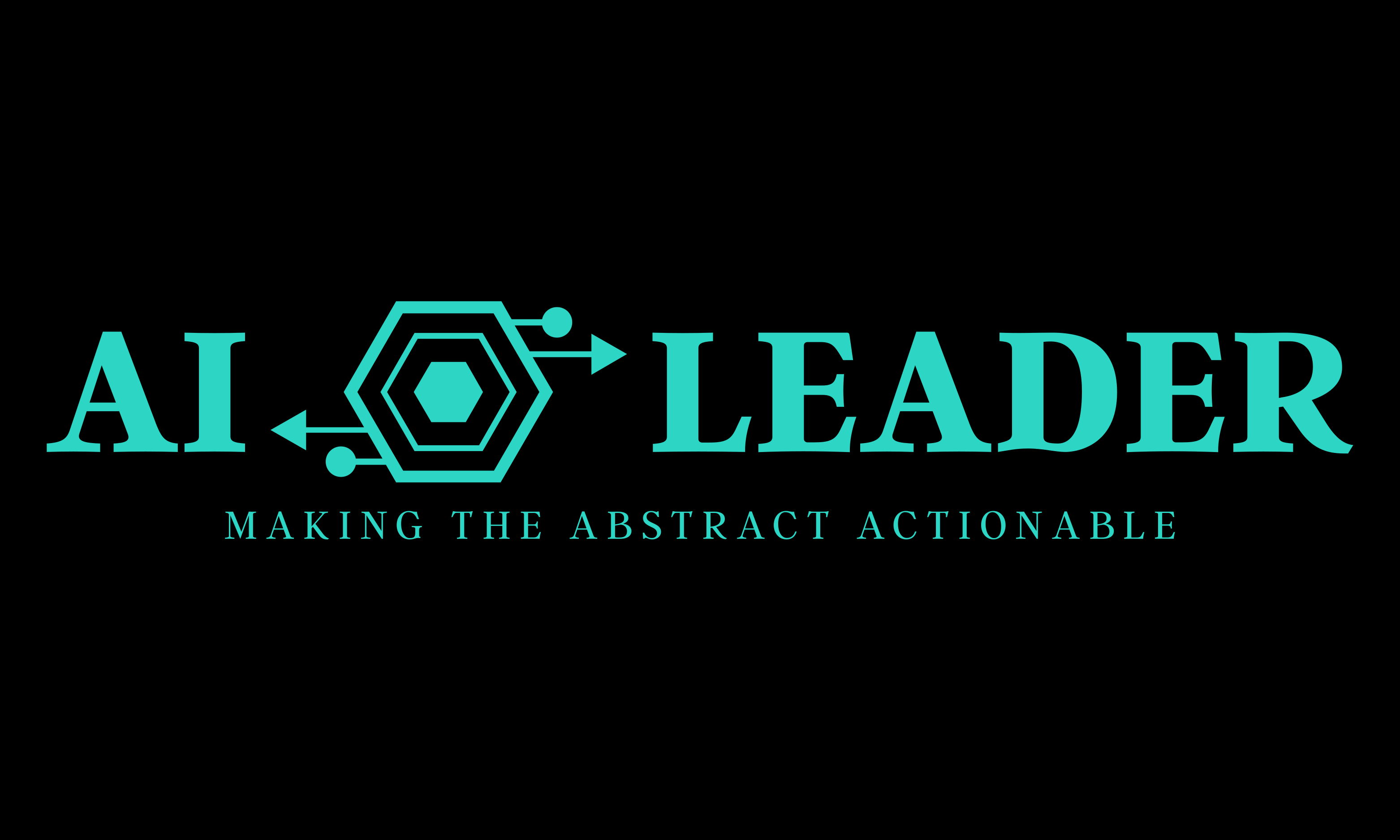I have been consulting educators on Automation and AI for 15 years now, 12 years since I published my book Paperless Principal. And what I can tell you (from experience) is that in order to effectively use these tools you need to make it practical, make it personal, and make it part of your day
So, here's the 1 tip I would give you if you want to use these tools regularly.
Solve Your Own Problems
In the software development world they call this eating your own dogfood, and that means using your own tools. One thing I tell people all the time is that it is easy to get AI to do anything, but it is really hard to get AI to do exactly what you want.
You have to solve the problems you are facing. Here's how I started way back in 2007.
When kids were absent in my classroom, I hated when they would ask me what I missed, so I used a tool called Planbook to do my lesson plans, but my plans were not written for my administrator or according to some guide.
They were written so that I could post them on my web site and the students could go to the web site if they were absent. I literally had a stamp made that I would stamp on the students' planners: "Absent? Go to jethrojones dot com/fhms to get your work."
I saw a problem, something that I hated doing, and then I found a technical solution to make that problem disappear. That is what I have done for the last 15 years in teaching others. I help them see something they despise and then solve for that problem. Once you start doing that, it really exciting to work yourself out of a job because you're having tools do it for you.



